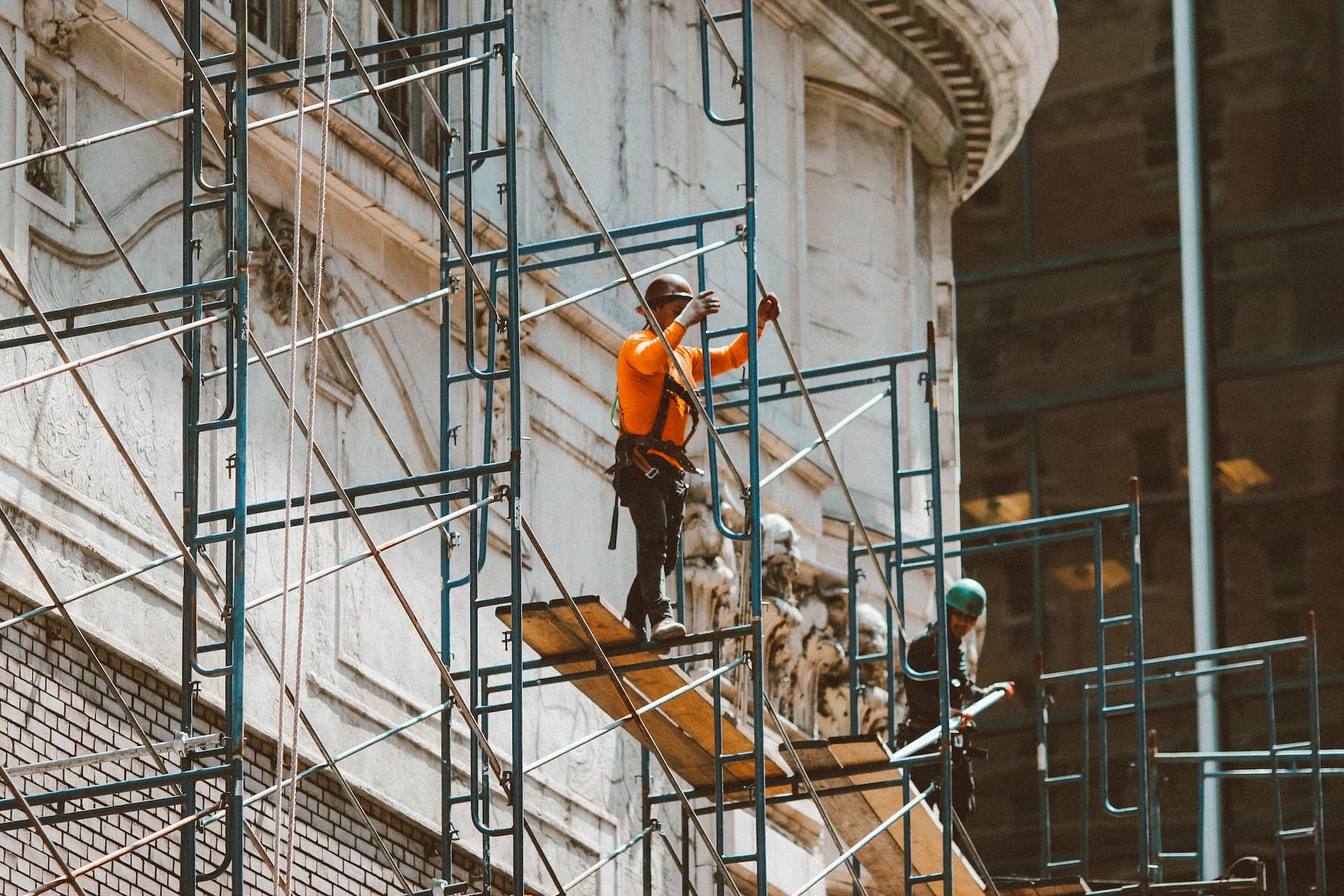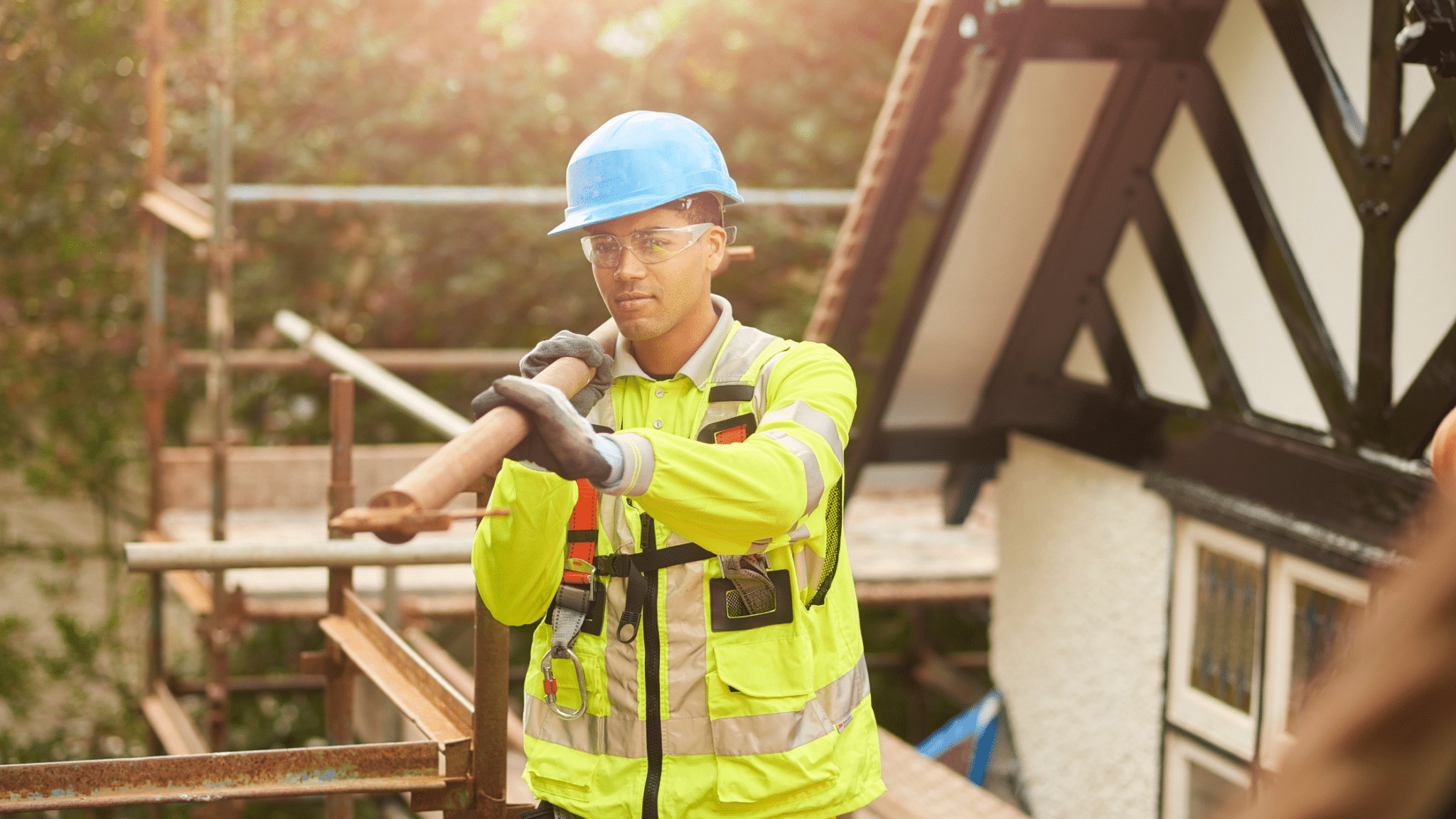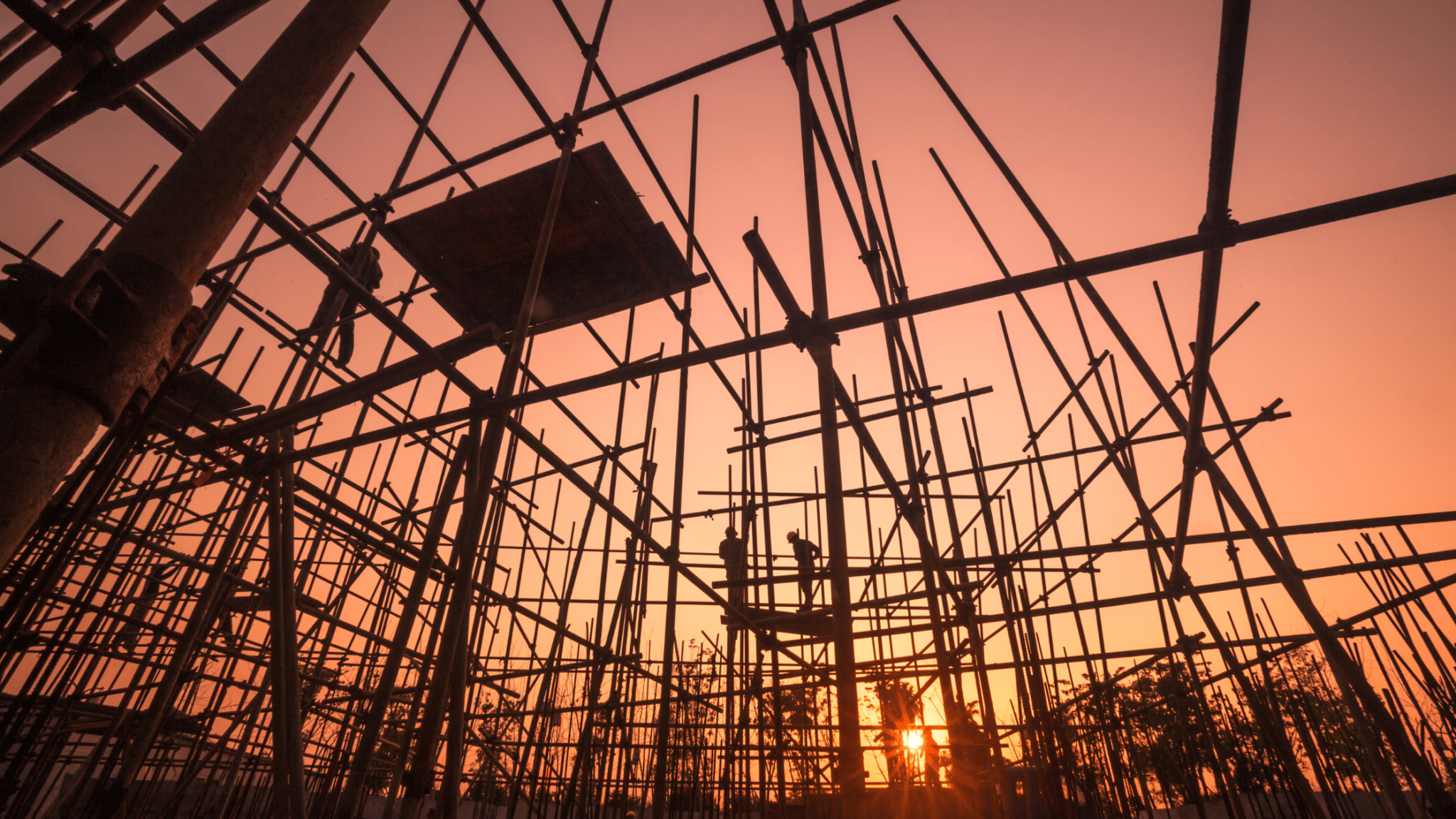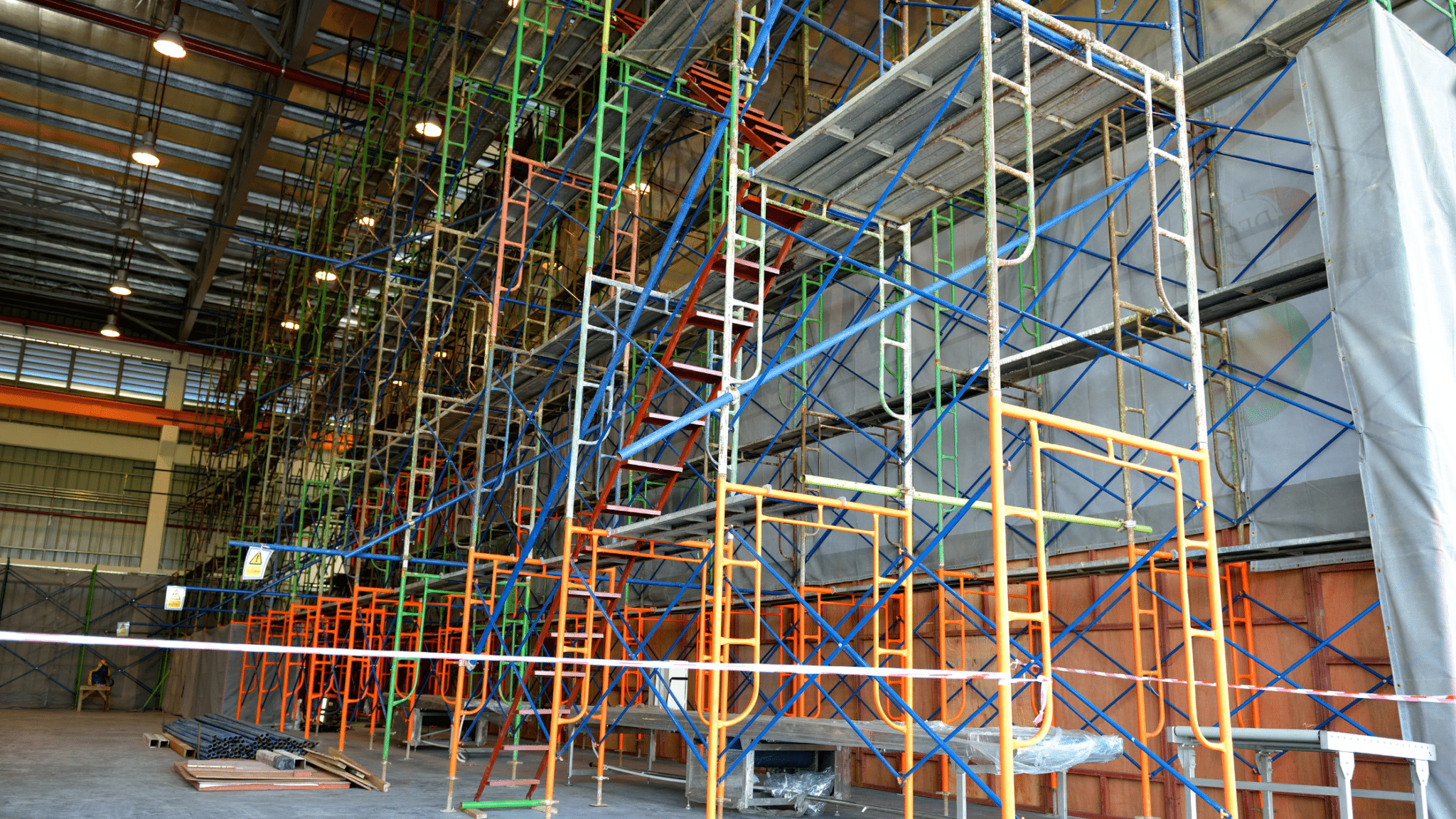Understanding a scaffolder's job responsibilities ensures you avoid scams and get your money's worth. Also,…

Is It Illegal to Climb Scaffolding in the UK?
When busy working at height, you want to make sure you won’t be approached with any distractions or surprises. You must protect yourself and the scaffolding by not being approached by random people climbing the scaffolding. In this blog, Hi-Point informs you of the climbing scaffolding rules and other safety measures regarding scaffolding.
So, Is It Illegal to Climb Scaffolding in the UK? It is illegal for an unauthorised person to climb a piece of scaffolding. Unauthorised access onto scaffolding must be prevented by the clients and or contractors. It’s imperative to put relevant measures in place to deter trespassers, otherwise the scaffolding becomes easily accessible.
Read on to find out the implications of people climbing scaffolding and how to prevent people climbing it.
Is It Illegal For Everyone to Climb Scaffolding?
It is illegal to climb scaffolding unless you are qualified or authorised to do so. Necessary measures must be in place for those not qualified or authorised, to prevent any unauthorised access. Unfortunately, just because climbing scaffolding is in fact illegal, it does not always mean people won’t do it.
There are steps which can be taken to prevent unauthorsied access, but not completely stop it.
- Perimeter fencing
- Ladder removal out of working hours
- Ladder Guards
- CCTV
- Safety Signs
The above factors are all strong ways to prevent unauthorised access on scaffolding and there are easily accessible hire companies. Members of the public must take responsibility to take note of safety signs. It is the contractor’s responsibility to ensure that unauthorised access onto scaffolding is prevented both outside of working hours and when workers are present on site.
When it comes to checking if the scaffolding is safe to climb for only authorised access, there are three separate periods when this should take place.
- Before it is first used
- Every seven days from when it is put up
- After any alterations, any damage or extreme weather conditions.

What are the Hazards of Climbing Scaffolding?
As a trained scaffolder, the job comes with risks, so it’s important to be aware of these risks to be able to take the necessary steps to avoid them. Techniques, equipment, processes and training are all ways you can do this. Wearing PPE is an essential requirement when working at height. It can save lives and protect yourself, work colleagues and the public.
Hazard 1 – Debris
Items left lying around while working at height create a major hazard to anyone working in the same area. To reduce the hazard, no tools or other building materials should be left lying around as a trip hazard. At the end of the working day, follow through on routine cleanup.
Hazard 2 – Fatal Falls
Falls from height from scaffolding result in fatal injuries. Different groups of people have been found to be illegally climbing scaffolding, such as children. This is a common problem as children don’t necessarily have any fear, so won’t hesitate to trespass. To reduce the hazard, provide guard rails after a height of 6 feet or more.
Hazard 3 – Poor Scaffolding Assembly
A scaffold structure can have loose or weak planks which can shift or break when walking across. To reduce the hazard, make time to build the scaffold carefully. Use the right materials and dont mix and match pieces of scaffolding. Part of poor scaffolding assembly also falls into the electrical wires hazard further down the page. Avoid constructing the scaffold near power lines.
Hazard 4 – Scaffolding Damage
Overtime, scaffolding will receive general wear and tear. It may develop rust, or planks may crack over time. This could result in the scaffold collapsing. To reduce the hazard, you must put routine inspections into place, which should be conducted daily. Also encourage employees to report any damage they see.
Hazard 5 – Electrical Wires
Electric shock is a common injury when on scaffolds.. People make contact with wires if the scaffold is built in the wrong place.To reduce the hazard,. scaffolds should be built ten feet away (atleast) from any overhanging wires. They also should be insulated against electric shock.
Hazard 6 – Untrained Employees
There’s a lack of training when it comes to working on scaffolds. If employees aren’t trained correctly, or if they are trespassing, they are more accident prone, even though this could be avoided. To reduce the hazard, correct training is essential. As well as enforcing up to date standards with workers, new or experienced.
Check out our in depth blog for more information on the different types of PPE required for any individuals working on and around scaffolding.
Scaffolding Hire at Hi Point Access
Those who are qualified and competent can climb on scaffolding, so you can hire from us at Hi-Point. Aluminium scaffolding, traditional scaffolding, indoor scaffolding, mewps and mobile scaffolding are the wide range of services which Hi-Point can provide.
At Hi-Point, we understand the importance of your safety when working at height. When you put the relevant safety measures into place for the public and the materials, we reduce hazards and reduce the chances of people illegally climbing scaffolding.
We also have a large number of blogs available to help you make an informed decision on the best scaffolding solution for your requirement. Contact us today to discuss your needs, Hi Point is here to help.



